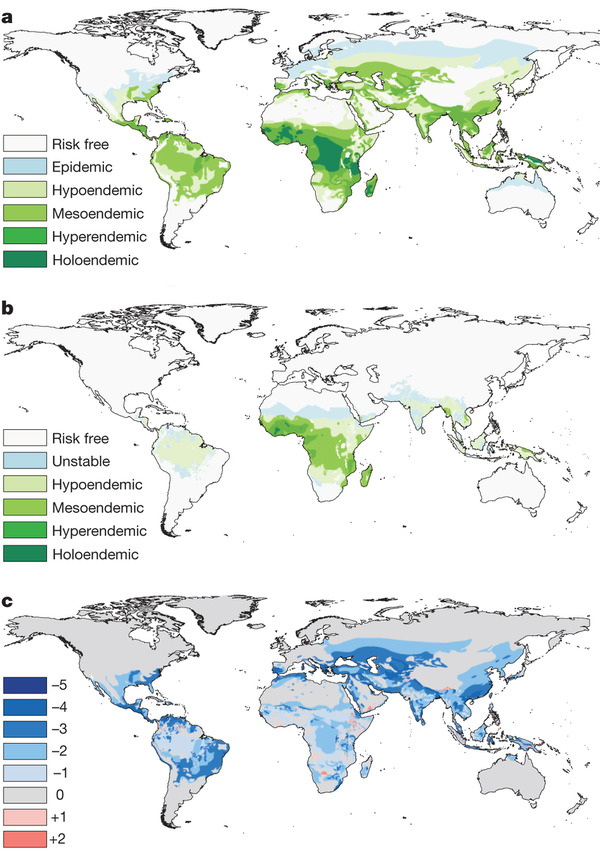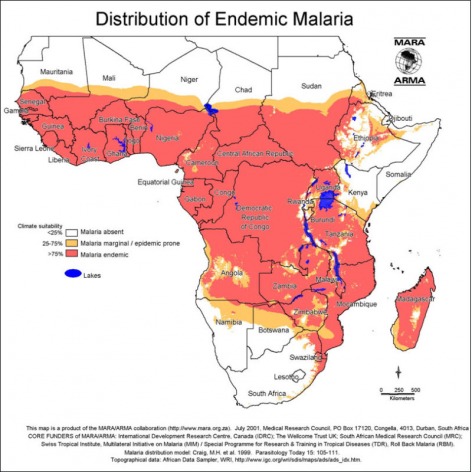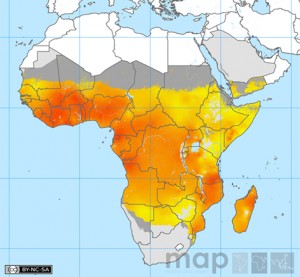QUESTION
Can you please tell me the high, low and no risk areas for malaria.
ANSWER
Malaria requires certain climatic conditions, both for its own development as well as for the survival of its vector mosquitoes. As such, malaria transmission is concentrated in lowland areas of the tropics, where there is sufficient freshwater for mosquito breeding. However, malaria can also seasonably be transmitted in areas away from the tropics. Similarly, some tropical and sub-tropical areas have implemented successful control programs which has significantly reduced or even eliminated transmission.
Currently, high risk areas for malaria transmission include most of sub-Saharan Africa (except for the highlands of Ethiopia, Tanzania, Kenya and Eritrea – areas over 1800 meters of altitude tend to have less malaria), most of northern South America (except areas over 2000m, and many urban cities are also free of malaria), parts of Central America, some Caribbean islands, India, south-east Asia (again, apart from highland areas) and Oceania. Low risk areas include parts of southern Africa (i.e. northern South Africa), parts of Central America (including most of Mexico, though some parts of the south may be considered higher risk), parts of the Middle East and parts of China. There is no known malaria in North America, Europe, most of North Africa, Australia, New Zealand, Japan, the eastern coastal regions of Brazil, most of southern South America and northern Asia. For a detailed and up to date map of malaria risk around the world, please see the Malaria Map



